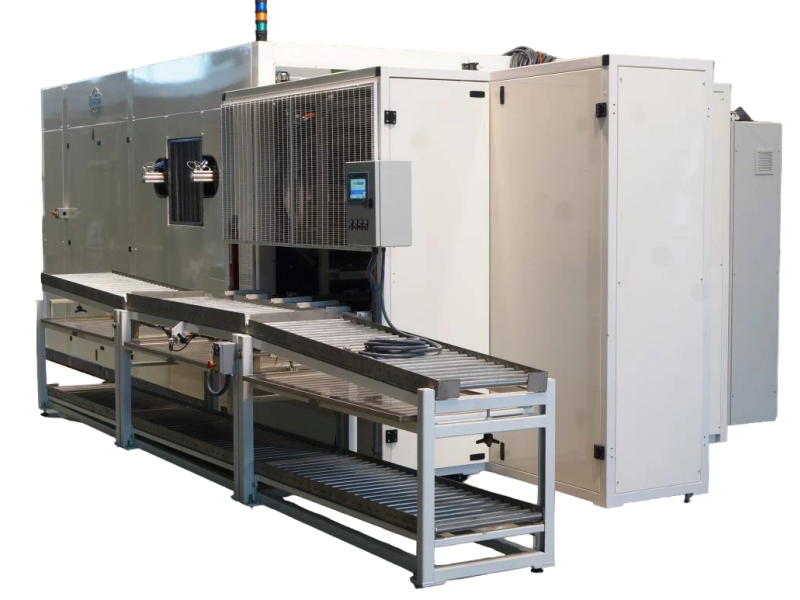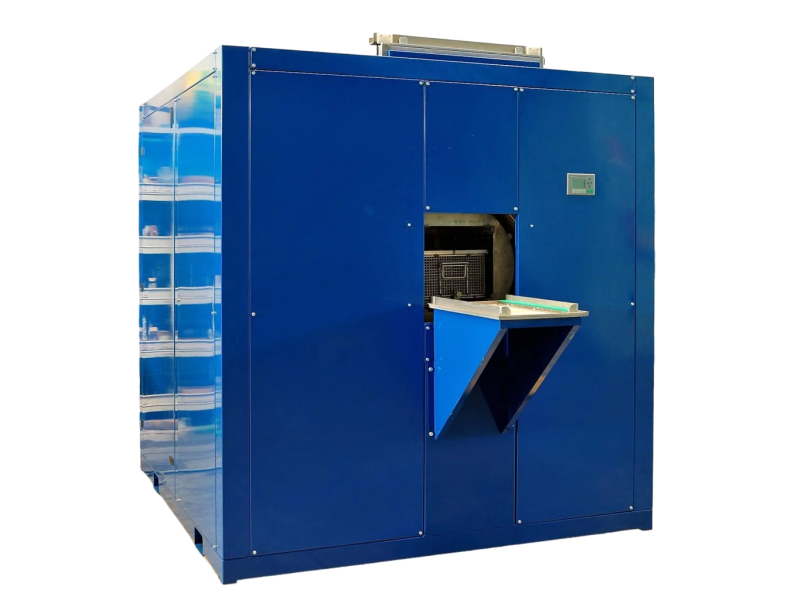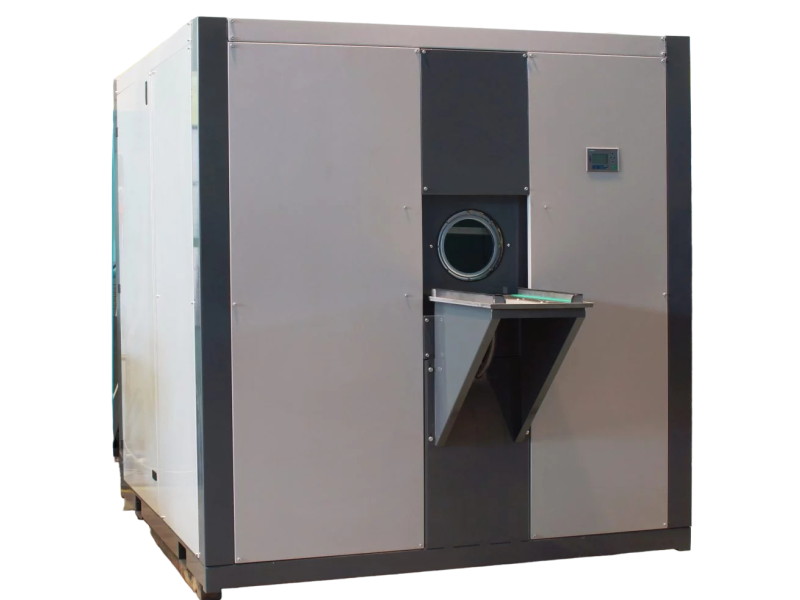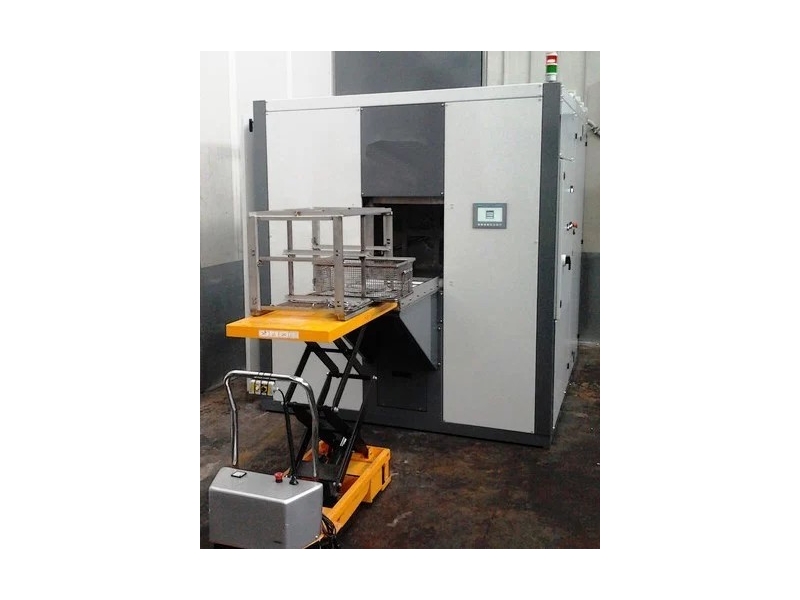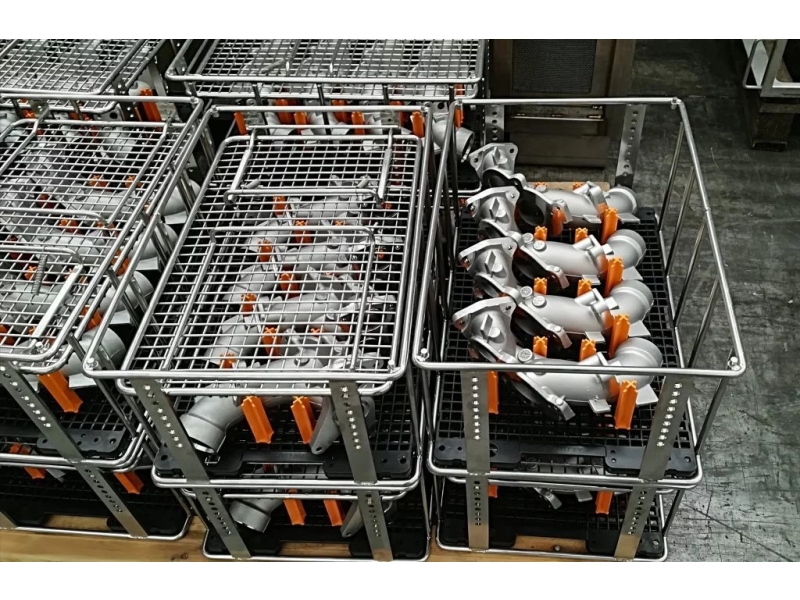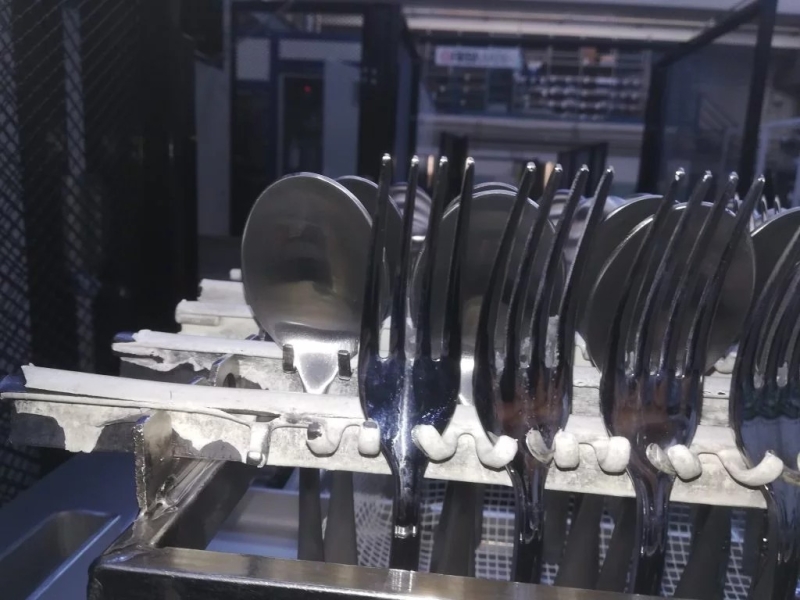Logica Blue Hydrokinetic Parts Washer
Metal Surface CleaningSeven types of washing for thorough and effective cleaning
Logica Blue is Firbimatic Metal Cleaning Division's flagship solution for washing various types of metal components, die castings, small parts and moulded parts.
The system is equipped with a front-loading system and rotation on a horizontal axis. This machinery finds application in the precision mechanics, medical, aeronautical and above all automotive sectors.
Logica Blue guarantees accurate cleaning of parts, even those with very complex surfaces, thanks to the washing with biodegradable detergents and with a ROTATING RAMPS, immersion and rinsing cycle and the possibility of ultrasonics.
Logica Blue washing machines equipped with Siemens PLCs offer ample flexibility in washing programmes with the possibility of liquid injection below the immersion level. A particularly effective solution for washing precision components.
Logica Blue achieves the best results especially in the treatment of die-casting or side machining parts; with or without threads and holes, in aluminium, steel, bronze, brass, the washing of each component takes place by immersion thanks to systems of continuous or tilting rotation of the basket.
Types of washing
- immersion washing (with or without ultrasonics) with separate circuit pumps
- spray washing with nozzles (rotating ramps option)
- immersion rinsing (2-bath model)
- spray rinse (2-bath model)
- blowing
- hot air or vacuum drying or mixed
- versions available in standard and custom sizes
The Logica Blue washing cycle
The water-based washing systems are available from 1 to 4 tanks, allowing different treatment cycles and the best results.
Through 4 phases it is possible to complete the washing cycle as explained in the following points:
- 1st Phase - Surface cleaning
The parts to be treated are placed in the basket. Pump #1 sends the liquid (water + detergent) from tank 1 to the washing chamber, through the cartridge filter (60 -70°C); in this phase, spraying washing is achieved through the nozzles installed in the washing chamber. At the end of the washing phase, the liquid returns to the tank and the solid contaminant is retained by the slag filter.
- 2nd Stage - (2-tank machines)
The liquid (demineralised water) is pumped via pump #2, from tank 2 to the washing chamber (60°C), through the filter cartridge; in this phase, washing is achieved via the nozzles installed inside the chamber. At the end of the washing phase, the liquid is returned to the tank and the solid waste is collected in the slag filter.
- Stage 3 - Hot Air Drying
A high-capacity fan draws in the hot, moist air from the washing chamber through a condensation/heating unit. Once heated, the closed-loop air flow returns to the washing chamber over the treated parts ensuring complete drying.
- Stage 4 - Exhaust
When the loading door is opened, a fan is activated which draws in ambient air from the washing chamber and discharges it through the chimney: this prevents vapours from interfering with the exhaust operation.
Operating procedures for vacuum pump drying systems
Water-based washing systems are available from 1 to 5 tanks, which allow for different treatment cycles and best results.
Through 5 phases it is possible to complete the washing cycle as explained in the following points:
- 1st Phase - Washing Surfaces:
The parts to be treated are placed in the washing basket. Pump #1 sends the liquid (water + detergent), passing through the filter cartridge, from the first tank to the washing chamber (60 -70 °C); this washing phase is performed through the spraying nozzles inside the chamber. It is possible to perform an ultrasonic washing cycle (optional), which, thanks to the low concentration of detergent and liquid degreaser, guarantees exceptional efficiency and results. At the end of the washing phase, the liquid is returned to the tank and the solid waste is collected in the slag filter.
- Stage 2 - Rinsing (immersion and aspersion):
First, air is drawn in by the vacuum pump from the washing chamber. Then the cleaning liquid is transported from the second tank to the washing chamber via an independent circuit connecting the washing basket and the tank. The flow of liquid to the treatment chamber continues until the float inside the chamber indicates that the liquid level is sufficient for the basket to be fully immersed.
Once these conditions are achieved, the said manifold closes and the suction pump stops completely. After filtering the liquid through the second cartridge filter, pump #2 starts the system again, completing the flushing cycle (immersion, injection or both).
- Stage 3 - Emptying:
When the second stage of flushing is complete, the liquid is drained from the flushing chamber to the respective tank, after which all liquid residue is removed from the pipeline, pump and cartridge filter.
Other phases - Other washing options (immersion and spraying): the possibility of using up to 3 tanks makes it possible to carry out 3 specific washes (water and detergent, alkaline agents, rinsing with softened water, etc.).
- Stage 4 - Vacuum drying:
Reducing the pressure below 10 mbar allows the water to evaporate instantly, ensuring fast and effective drying (preventing oxidation problems).
- Step 5 - Discharge:
When the loading door is opened, a fan is activated to draw in ambient air from the washing chamber and exhaust it through the chimney: this prevents vapours from interfering with exhaust operations.
Optional accessories
- Device for removing oil from the tanks through a centrifugal or coalescence-type separator
- Piezoelectric ultrasonic
- Steam injection system in washing chamber
- Micro filtration system
- Exit vapour abatement system
- Protective system for washed parts
- Automatic loading system
- Automatic basket closing system

